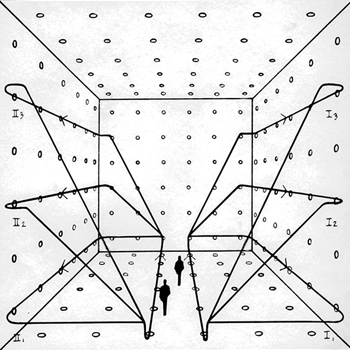How do you solve using the completing the square method r2+14r=−13?
3 Answers
We could have a go at factoring that, but completing the square is the next step down the list and is what you are asking for.
It is the Quadratic Equation without having to remember a formula!
So:
[Remember that:
Now:
We can check that:
See the method outlined below:
Explanation:
First, write it in general form:
Add bracket around the terms that contain
Now, take half of the value of
Move the subtracted
By design, the part on the brackets is a perfect square:
It is now in standard form, so you are done.
The vertex is at (-7, -36).



